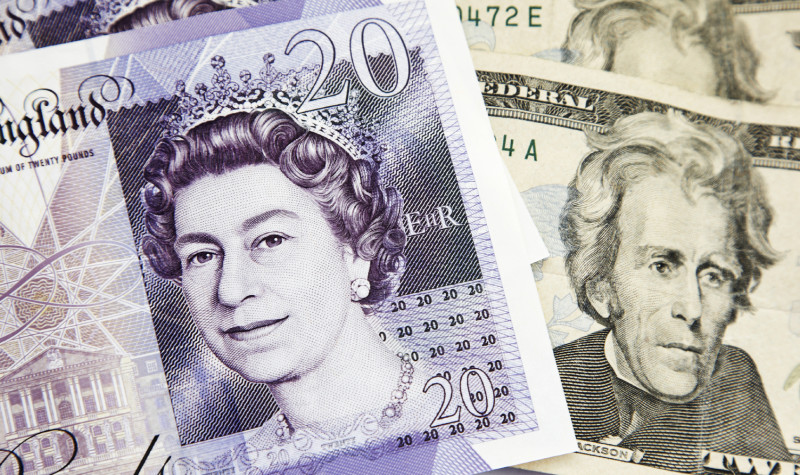Where next for Sterling?

On June 23, the UK voted to leave the EU. After years of campaigning and debates that transcended party politics, the UK is setting out alone. What this means for all involved remains to be seen. There are a few short-term implications, however, that we can bring in to play from an operational trading perspective.
Those that have followed the Forensic Forex column here at Master Investor during the last few months will be well aware of how I use a combination of underlying fundamentals and naked price action to go at the markets. For those that aren’t, however, here’s a quick introduction. Essentially, I identify key levels on the daily charts in the major pairs – primarily the Aussie, cable and EUR/USD, but sometimes the USD/JPY and the GBP/JPY. As price approaches these levels, I look for a confirmatory signal (generally the closing of a candlestick above or below the levels in question, or even better, a pin bar in line with my directional bias. When these signals arrive, I enter towards a predetermined target (also dictated by key levels) and set my risk accordingly. I don’t touch a trade once it has opened; I just let it play out to either a stop loss or a target hit.
That’s the price action side of things. I use fundamentals to dictate my aggression. Specifically, I form a bias (bullish or bearish) for each currency, translate this to a pair, and enter towards a slightly more aggressive target if price breaks in line with my bias than I would if it was against my bias. This bias side of things is what I generally look at as part of Forensic Forex. The referendum has given us a chance to focus on sterling specifically, so here goes.
Image 1: GBP/USD
Let’s start with the cable (GBP/USD). For me, as with the rest of the financial sphere, this one’s a no brainer. In currency trading, and also from a wider market perspective, the US dollar is a risk off asset. That is, when shocks happen, and sentiment shifts to negative, capital will flow into the dollar as it provides a certain level of security over many other assets. Yes, its value decays through inflationary pressure, but near term (as is often the case with macro shocks) this decay is well worth bearing as a cost to offset risk.
So we’ve got a macro shock that translates to risk off sentiment and a flight to safe haven assets. That’s the dollar side of the pair sorted – bullish. Concurrently, we’ve also got a genuine concern that the UK will lose its competitive edge in global markets, and this will lead to an exodus of many of the large institutions, financial and otherwise, that underpin the nation’s economy. This concern has translated to some serious sterling bearishness, and I’m more than happy to hop on the bandwagon. Price broke through a number of key levels post referendum, with entry points at 1.4, 1.38 and 1.36 offering nice quick turnaround positions, and I’m looking to be aggressive to the downside once more in the cable for as long as this sentiment holds. This doesn’t mean I won’t enter long (chances are we will see some bounces as speculative shorts unwind) but I will keep my targets tight on these counter trend trades.
Image 2: GBP/JYP
Moving on, let’s look at the GBP/JPY. This one is equally simple, but for slightly different reasons. The Japanese economy has struggled for what seems like an eternity, but Shinzo Abe’s policies are finally bearing fruit; and alongside some pretty aggressive trade stimulus activity, the nation is starting to see some growth. The aging population (and in turn, the weight this puts on the government’s social security bill) is still an issue, but pressure is easing. Over the last six months or so, this has translated to some strength in the Yen – strength that came despite the Japanese efforts to keep the currency weak (to stimulate export demand). This drifting strength has given me a semi-bullish bias in the Yen this year, with the strength of the corresponding currency generally providing an underscore for my directional aggression. In this instance, sterling is the corresponding currency, and there’s little need to reiterate my stance on this one. A quick look at the daily chart reveals an almost identical response to the referendum in the GBP/JPY, and I am looking for entry points around 136 and 132 going forward.
All said, general markets are going to be looking in the same direction near term, and this gives us an opportunity to piggy back on sentiment. As mentioned, chances are we will see some counter-trend opportunities on stance unwinding, but I expect the majority of my positions to be riding out sterling weakness across the next quarter.
Comments (0)